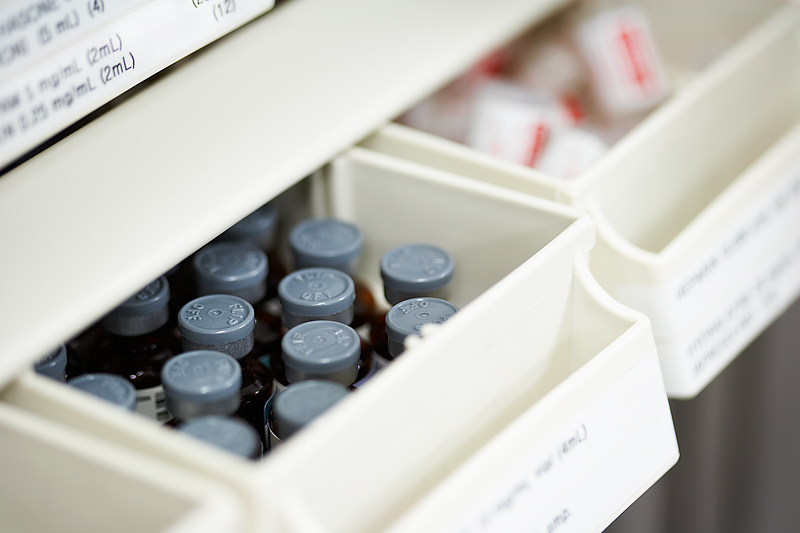
SATURDAY, March 8, 2014 (HealthDay News) — A combination of two hormones might make a difference in reducing suffering in people with chronic pain, according to a small, preliminary study.
Seven of 9 patients reported a 30 percent to 40 percent decrease in pain after taking doses of oxytocin and human chorionic gonadotropin, the researchers found. In addition, the level of opioid (narcotic) painkillers needed by these seven patients also declined by 30 percent to 40 percent.
Patients also reported improvement in the intensity of pain flare-ups and longer time between flares, the study authors said.
Oxytocin is known as the “love hormone” and has been linked to positive human emotions. Human chorionic gonadotropin plays a role during pregnancy. Levels of both hormones increase during and after childbirth, and they’re thought to contribute to lower levels of pain in pregnant women.
Study author Dr. Forest Tennant, an internist who specializes in chronic pain at the Veract Intractable Pain Clinics in West Covina, Calif., said there were few side effects with the treatment.
“The benefit that these patients mostly talk about is somewhat subjective but relates to what patients routinely call a ‘feeling of well-being,’ ‘more alive’ or [increasing] ‘will to live,'” he said in a news release from the American Academy of Pain Medicine. “They also believe the combination is one they want to continue.”
One study patient said the hormones had no effect, while another said oxytocin made her emotional. But she continued taking the other hormone, according to the news release.
Tennant said the next step is more research to determine whether the hormones could be an alternative treatment for chronic pain.
The research was presented March 7 at the annual meeting of the American Academy of Pain Medicine, in Phoenix. Research presented at medical meetings should be viewed as preliminary until published in a peer-reviewed journal.
More information
For more about pain, visit the U.S. National Library of Medicine.
Copyright © 2025 HealthDay. All rights reserved.

